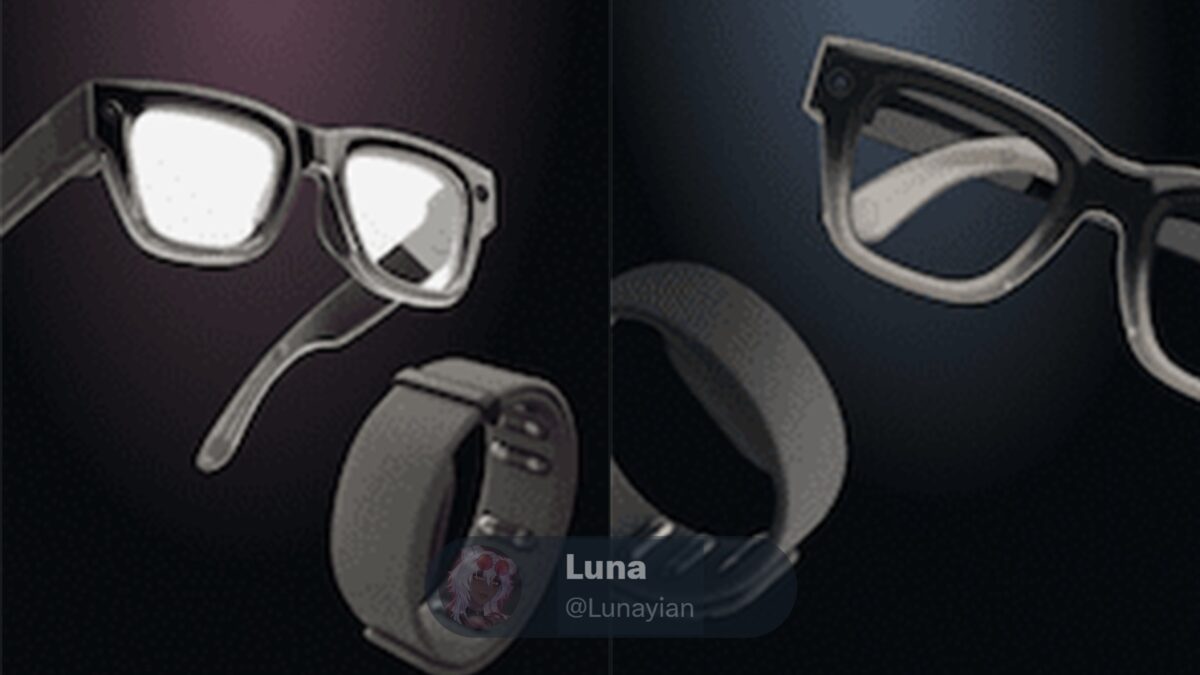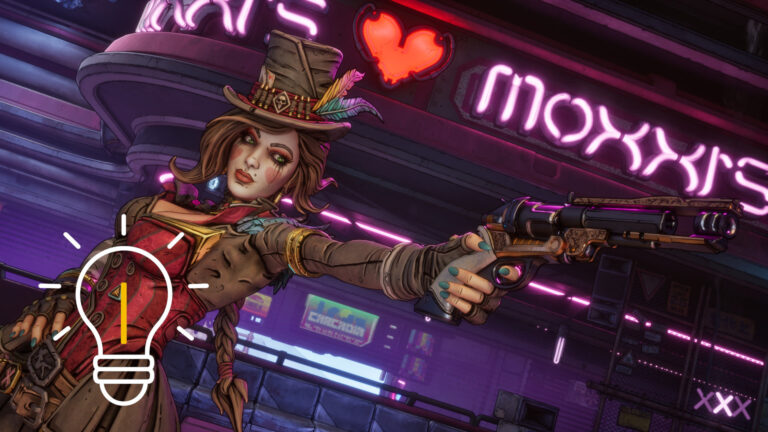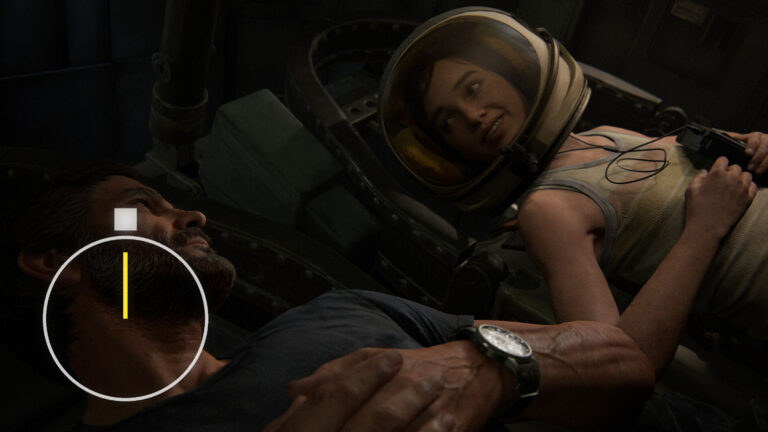At its Connect conference this September, Meta plans to introduce a new generation of smart glasses. “Hypernova” will feature an integrated display and an innovative gesture-control wristband.
The glasses, internally known as “Hypernova” – possibly launching under the final name “Meta Celeste” – are expected to cost around $800, according to a CNBC report, and will be developed in partnership with eyewear giant EssilorLuxottica. Unlike earlier models such as the Ray-Ban Smart Glasses, which focused on voice input and audio features, Hypernova will, for the first time, integrate a display into the right lens.
This full-color micro-display, with a field of view of roughly 20 degrees, is designed primarily to show simple information like messages and notifications. According to Meta CTO Andrew Bosworth, using a single display keeps the glasses lighter, cheaper, and less error-prone compared to binocular systems.
Meta Hypernova: Control via EMG Wristband
The glasses will also debut a new input system: a wristband controller powered by electromyography (EMG) technology, developed by Meta’s subsidiary CTRL Labs. Internally known as “Ceres,” the device detects tiny electrical signals from the hand’s muscles and translates them into commands. Simple movements like tapping your index finger and thumb together or rotating your wrist can trigger actions, scroll through menus, or select content — no camera tracking required, unlike Apple’s Vision Pro.
The technology was first tested in a prototype of Meta’s AR glasses “Orion” and has since been refined. According to CNBC, Meta has already provided test units to select developers and is actively seeking partners in generative AI to build apps for the new system. Still, the wristband isn’t without challenges: performance may be affected if it’s worn too loosely, if arm shapes vary, or if clothing such as long sleeves interferes with signal transmission.
Features Packed Into Meta Hypernova
A July filing with US Customs reveals that Hypernova will support photo and video capture, voice and video calls, messaging, music playback, and interaction with a digital assistant controlled via voice, display, or hand gestures. Whether Meta will partner again with a fashion brand like Ray-Ban or Prada remains unclear. CNBC reports the design may use thicker frames, similar to those common in Prada eyewear.
More Devices and Content in the Pipeline
Alongside Hypernova, Meta also plans to unveil a third generation of its voice-controlled smart glasses without a display. For the first time, these will include capacitive touch sensors, enabling direct input on the frame itself.
Since launching Ray-Ban Stories in 2021, Meta has sold about two million units of the second-generation model, according to EssilorLuxottica CEO Francesco Milleri in February. Revenue from its eyewear business has reportedly tripled. As part of an expanded licensing deal, Bloomberg reports Meta has acquired a roughly three percent stake in Luxottica along with exclusive rights to use several brands for its smart-glass technology.
With Hypernova, Meta is edging closer to full-fledged AR glasses, though CNBC notes expectations are tempered. The device is bulkier and heavier than previous models and is aimed primarily at tech enthusiasts and developers. Data collected through the wristband is expected to help improve future products, such as a potential Quest successor or a production-ready Orion headset.
Source: CNBC
No related articles found.










